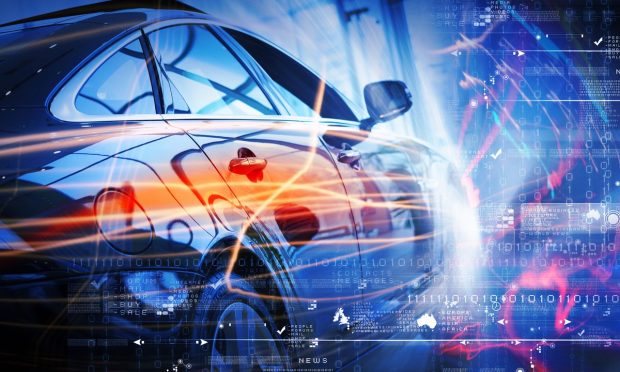Ford CEO: Auto Industry’s Future Lies in Software, Services, Shared Mobility

A growing portion of the automotive industry’s revenue mix will be made up of software, services and shared mobility, according to Ford Motor Company CEO Jim Farley.
Software is becoming the main feature that differentiates an automaker from its competitors, and it’s often something for which they can charge extra, Farley said Wednesday (June 1) while speaking at the Bernstein Strategic Decisions Conference.
“I think this is the biggest, most exciting kind of land grab of revenue in our industry since the Model T,” Farley said. “I really believe that.”
Adopting a Smartphone-Like Business Model
Just as phones were once used just for making calls but became capable of doing much more when software was added, the same is happening with cars, Farley said.
Some software features will become commodities, such as those that allow in-car control of smart home functions and garage door openers. As was the case with airbags years ago, these features may earn a premium at first but will then become standard equipment.
However, other software features will set the automaker apart and earn a premium price, Farley said. For example, advanced driver assistance systems (ADAS) and self-driving features are something for which consumers are willing to pay a lot of money.
“We’re about to change the ride just like Apple and all the smartphone companies changed the call,” Farley said. “I believe when that happens, when you can ship a lot of software to their car, and you have great sensors, really change that experience and be a lot more productive, there will be a large revenue expansion.”
Helping Fleets Keep Their Vehicles Working
Today’s best market for software services sold on a subscription basis are commercial fleets. Because those operators cannot afford to have their vehicles out of service, they are willing to pay for software subscriptions that help keep the vehicles maintained and on the road.
“People are willing to pay for an integrated system of telematics, fleet management, energy management, charging for electric commercial vehicles, prognostics and predictive failure, because when those vehicles go down, that plumber, electrician, police, ambulance lose the revenue — can’t do their job,” Farley said.
As a result, those customers already look more closely at the software than at other vehicle attributes when they are purchasing new vehicles.
Moving Toward Shared Mobility
When it comes to passenger vehicles, the industry will trend toward shared mobility, Farley said. Due to the cost of vehicles with electric powertrains and a lot of ADAS content, more people will turn away from buying vehicles and toward renting them by the mile, day, week or weekend.
“I really believe that most people can no longer afford these vehicles, and even if there is a plethora of $25,000 vehicles from China or whoever, it’s not going to be good enough for them — they’re going to want a great experience,” Farley said.
Farley noted that the largest fleet in operation today is that operated by Lyft and Uber drivers. Those gig economy workers drive 1.3 million vehicles, a total that is larger than that of all the rental car companies combined.
In the future, Ford will build a product that is optimized for ridesharing — one with a low cost of operation, low insurance, electric and fitted with extensive ADAS equipment, Farley said.
“I believe that move to a per-mile concept or model will also unlock a lot of new revenue,” Farley said.
